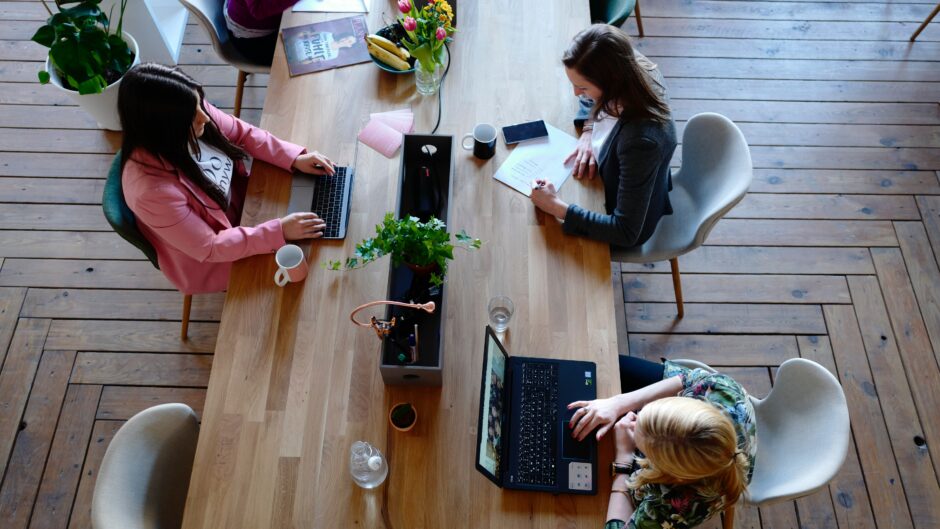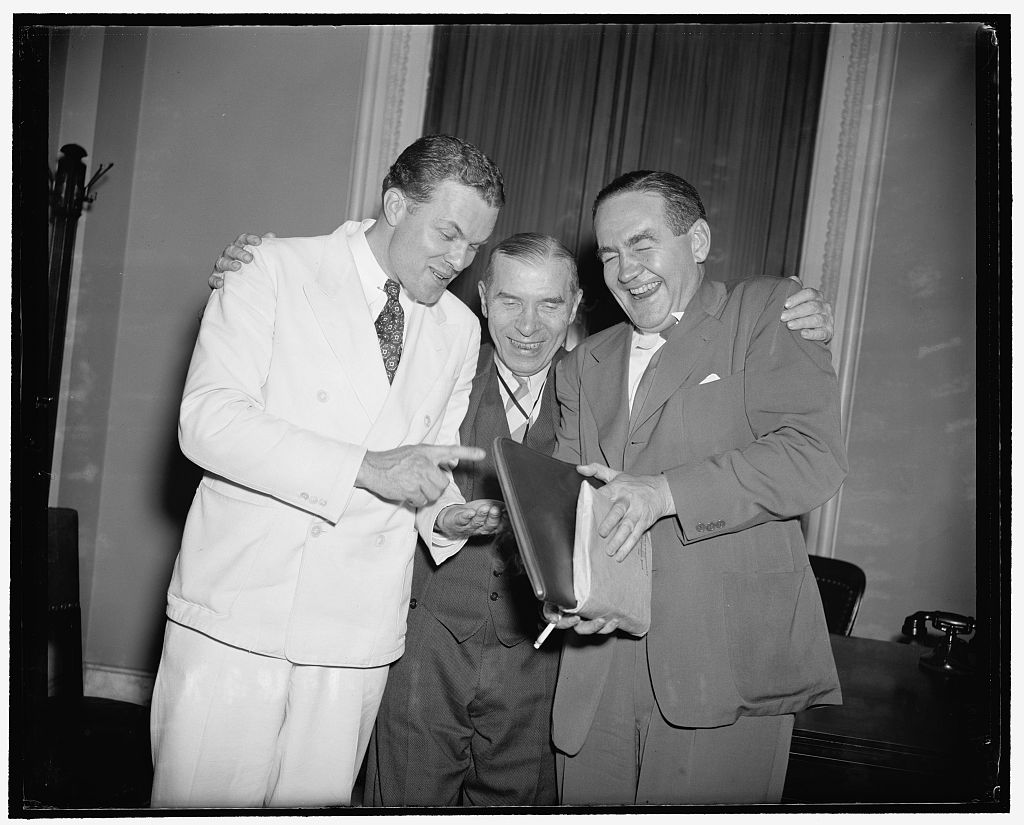Those who know me personally for the last 10 years can vouch for my hatred of open-plan office spaces and “office culture”. I was working in a particularly bad example of this type of environment over this last year and it added fuel to my fire. Before I jump onto my soapbox and start spouting off, I’d like to describe how I define office environments.
I’m going to divide office layouts into three different categories. These aren’t official by any means, they are my own descriptions based on how I think people actually feel working in them. There’s the classic single-person office space. It’s private, meant for one person or if that person is high enough up on the food chain, it could be accompanied by a little conference or seating area for small meetings. These days, the office seems to have turned into a fishbowl of sorts, because the walls are now typically all glass or at least 75% glass. The visual privacy is gone, but let’s face it, it’s still a designated space for its occupant and a door can be closed to block of sounds at least.
The next type of office is the cubicle farm type. Cubicles were created for one main purpose and one purpose only, to save space and put more people in one area. Real estate is expensive and a 6’x6’ or 8’x8’ cube is cheaper than a 10’x10’ office. When these first started to appear, they usually had 6’ high walls and people decided that didn’t work well, so those walls lowered over time. Now they sit somewhere around a 4’ to 5’ height. This allows people to see all the way across the space when standing while still giving workers a designated personal area.
The final type I’ll describe is the open office. This comes in a few different forms. Fortunately I’ve not had to work in the most current form, which is one long empty table with chairs on each side. A worker has to get there first to pick the seat they wish to park in all day. Their laptop goes with them, but there are no pictures, trinkets or other personal items because it’s a transient seat and not intended to be the place where a worker will return to the next day. The other, probably more common type of open office is what I’ve been used to. It’s somewhere in-between the cubicle and the long table. There’s a designated spot for me to go each day and there’s a 2’ wall between me and perhaps the person across from me, but not next to me. There are variations of this, but it’s all designed under the premise that in an open office environment, people are able to collaborate better and think faster and create better/more/greatness! Yeah – that’s all bullshit, and here’s why.
In an open office environment, workers are packed in like an overpopulated deer herd. If you have been lucky enough to live in any type of rural area, you probably know what I’m talking about. In those instances, the amount of deer killed on the road are abundant, and I remember a parks employee once saying that diseases start to spread fast if herds on park lands are allowed to become too big. Well, this is true with humans. One person gets a cold and pretty soon 50% of the office is out with it. Yes, real sick time goes up. A quick search of the all-knowing internet will reveal actual studies of this by scientists and psychology departments who have quantified this. Why did I say “real” sick time? Because those same studies also revealed that people call in “sick” more often in open offices even when they aren’t really sick, basically because they need a day away from the noise and crowds.
These types of offices tend to be more noisy than cubicle offices or private offices. The amount of people wearing headphones goes up quite a bit in these areas. There once was a theory that if someone had headphones in, they were “in the zone” and weren’t to be bothered. That changed a while ago. There’s also the theory that audio privacy is the main source of the issue when it comes to open offices, but that’s not true either. People need to have some type of visual privacy as well. Someone placed right next to a busy door or walkway will often be distracted by the constant movement in their peripheral vision. And I certainly don’t want to forget about a sense of belonging, and this overlaps with that horrible term “office culture”.
There’s been an incredible increase in the use of this term over the past 5 years +/-. I think it all started when Google (or was is Yahoo!) created a corporate headquarters with an adult playground built-in. It opened up the world of the office to something different and everyone started to scramble, trying to compete, like they had been behind on something all that time. Well, a few years later, studies show that all those silly perks like ping-pong tables don’t cut it. After the novelty wears off, those employees want the same thing that everyone has wanted for decades, better pay, better hours, flexible schedule.
Now we’re into the era of these long tables where people pull up a new seat each day. I can’t help but think about what message that might be sending to people. In my last job, I had a boss who was determined to move people around every 6 months in an effort to shake things up so people don’t get too comfortable. WTF?? Not giving people a permanent space to work in says to me that employers don’t think they are valuable to the team. They are replaceable on a whim. They are quite literally there only to fill as seat at the common table. If someone is trying to create an inclusive office culture, I’d say that’s just about the opposite way to do it.
The scariest part of this for me is that architects are the people behind creating these spaces, at least to a certain degree. Never underestimate the client’s wishes and desires, even the best architects will be unable to convince certain clients of the stupidity of some of their decisions. However, too often I find that architects don’t provide the information they are being paid to provide. They don’t educate the client on the research that we are constantly expected to remain aware of. They will too often follow trends and therefore end up creating these terrible open-office areas. We need to stop eliminating the human factor from the work place. If employers want satisfied employees, the solution is simple. Give them a decent work space – it doesn’t need to be brand new or fancy, but it should be clean and nice. Provide some daylight into that equation, a break room to get away from the phone and computer, pay them fairly with some decent benefits and for the love of dirt – don’t park them in an open office and expect high productivity!



